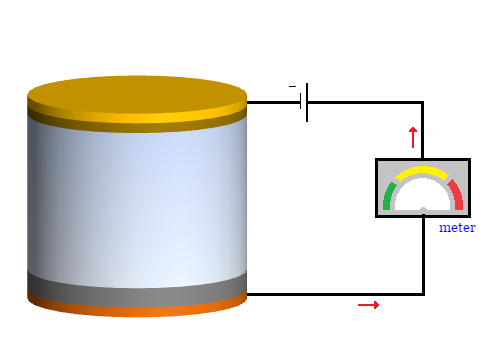3.2.6 Semiconductor detectors
Solid state detectors use the electronic carriers (electron-ion and electron-hole pairs) created by the absorption of x-ray photons in a semiconductor material. The number of such pairs produced is proportional to the X-ray photon energy. These carriers are collected directly on the detector electrodes (having a high potential difference), causing a flow of electric current through the semiconductor and produce an output voltage pulse of amplitude proportional to the energy of the incident x-ray photon. These pulsed are further processed (see 3.3) and sorted by amplitude (x-ray energy energy) with a Multichannel analyser (MCA).

The main semiconductor materials traditionally used for x-ray measurements were Silicon-Lithium drifted detectors [Si(Li)], High Purity Germanium (HPGe) and Cadmium Zinc Telluride (CZT) or Cadmium Telluride (CT).
